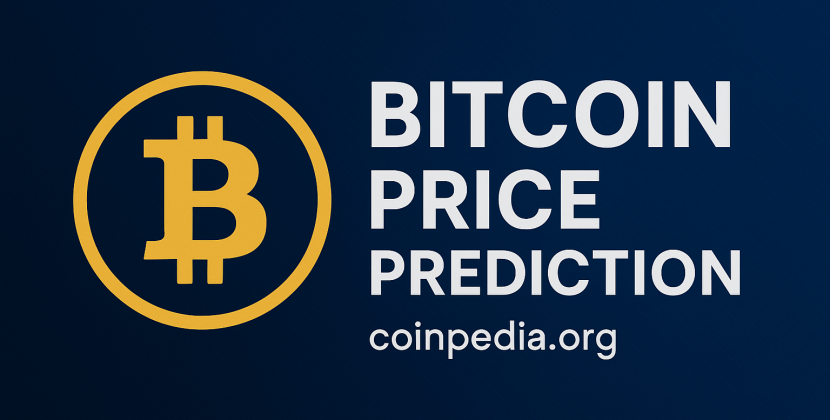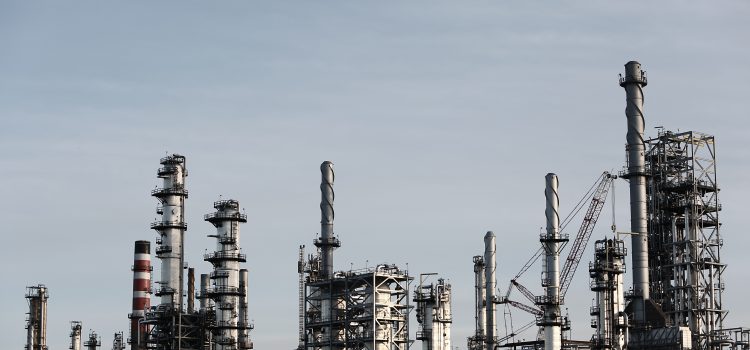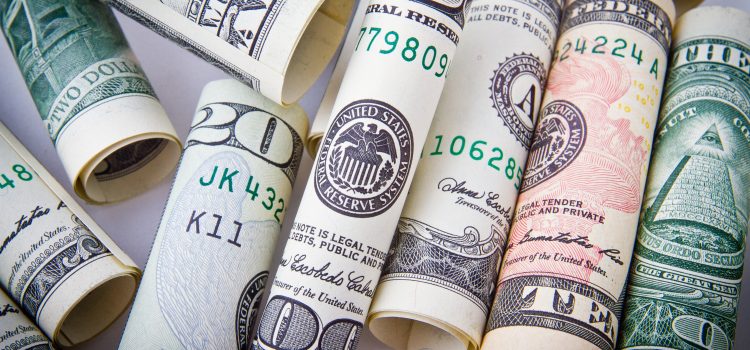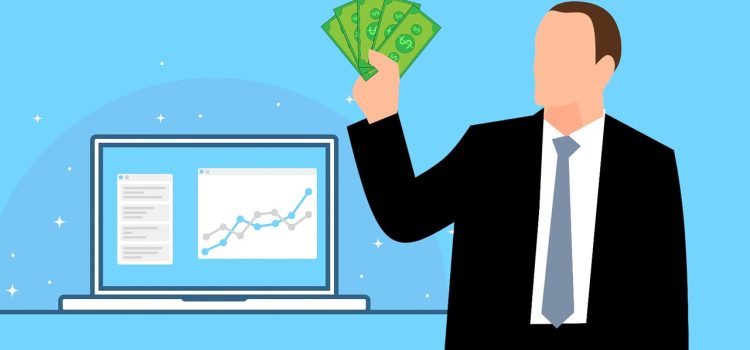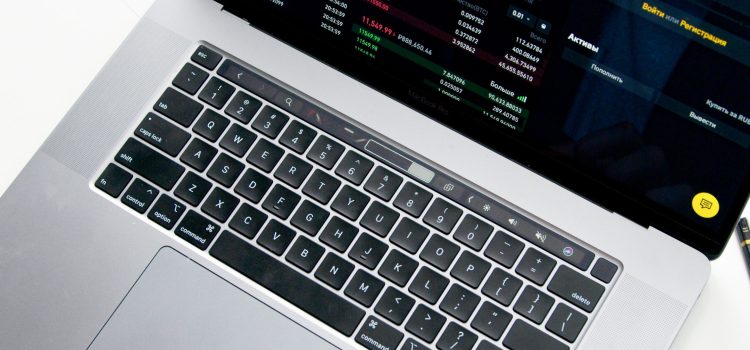
Introduction
In today’s digital world, losing business data can be devastating. Whether due to hardware failure, cyberattacks, or natural disasters, unexpected outages can halt operations and damage your reputation. That’s where cloud disaster recovery comes in. By storing backups in the cloud and having a clear disaster recovery plan, companies can quickly restore data and minimize downtime. With cloud backup solutions, you safeguard your critical files and applications in secure data centers around the world. In this article, we’ll explore why cloud disaster recovery is essential, how it works, and practical steps to implement a reliable strategy that keeps your business running no matter what happens.
Why Business Data Backup Matters
Every company relies on data—customer records, financial reports, emails, and project files. Losing this information can lead to:
- Revenue Loss: Downtime can cost thousands of dollars per hour.
- Customer Dissatisfaction: Late orders or missing data erode trust.
- Regulatory Fines: Many industries require data retention for legal compliance.
- Reputation Damage: News of data loss spreads fast, harming your brand.
Traditional on-site backups—external hard drives or local servers—fail if a fire, flood, or malware attack strikes your office. A cloud disaster recovery solution keeps copies offsite, ensuring data survives local disasters.
Understanding Cloud Disaster Recovery
1. What Is Cloud Backup?
Cloud backup involves copying data from your systems to remote servers managed by a cloud provider. These servers typically sit in geographically diverse data centers.
- Automated Backups: Scheduled backups run daily or continuously.
- Versioning: Multiple file versions are kept, allowing rollbacks to earlier states.
- Encryption: Data is encrypted in transit and at rest for security.
2. Disaster Recovery vs. Backup
While similar, these terms differ:
- Backup: Storing copies of files and databases offsite.
- Disaster Recovery (DR): A broader plan that includes backup plus steps to restore systems, applications, and networks after an outage.
Cloud disaster recovery merges both, using cloud backups and cloud-based virtual machines to spin up critical services quickly.
Key Benefits of Cloud Disaster Recovery
- Rapid Recovery: With cloud DR, you can restore systems in minutes or hours, not days. Virtual servers in the cloud run from your backups, keeping downtime to a minimum.
- Cost Savings: Traditional DR involves duplicate hardware and two data centers. Cloud DR uses pay-as-you-go pricing, eliminating capital expenditure on extra servers.
- Scalability: As your business grows, you can increase storage and compute resources in the cloud instantly, without buying more hardware.
- Global Accessibility: Teams can access critical applications and files from anywhere, enabling remote work during a disaster.
- Automated Testing: Many cloud DR services offer automated failover tests. You can verify your plan works without disrupting production.
- Enhanced Security: Leading cloud providers invest heavily in physical security, network protections, and compliance certifications like SOC 2 and ISO 27001.
Implementing Cloud Disaster Recovery: Step by Step
1. Assess Your Business Needs
- Critical Systems: Identify applications and data essential for operations.
- Recovery Time Objective (RTO): How fast you need systems back online.
- Recovery Point Objective (RPO): How much data you can afford to lose (e.g., 15 minutes vs. 24 hours).
2. Choose the Right Cloud Provider
- Look for providers with global data centers, strong security, and clear SLAs.
- Compare pricing models: per-GB storage, data transfer fees, and compute costs.
3. Select DR Architecture
- Backup and Restore: Simple cloud storage for data, manual rebuild of servers.
- Pilot Light: Keep critical data and minimal servers running. Scale up only when needed.
- Warm Standby: Maintain a scaled-down version of your full environment in the cloud, ready to ramp up instantly.
- Multi-Site Active/Active: Run production workloads in both on-premises and cloud simultaneously for zero-downtime.
4. Set Up Automated Backups
- Integrate with your server and database platforms.
- Schedule full and incremental backups based on RPO.
- Enable encryption and access controls.
5. Create a Disaster Recovery Plan
- Document Procedures: Step-by-step instructions to initiate failover, notify stakeholders, and switch DNS records or load balancers.
- Assign Roles: IT, communications, and business leaders need clear responsibilities.
- Communication Plan: Pre-drafted templates for internal updates and customer notices.
6. Test Regularly
- Schedule quarterly or biannual DR drills.
- Verify RTO and RPO metrics.
- Update the plan based on test outcomes and business changes.
7. Monitor and Optimize
- Use dashboards to track backup health, storage usage, and test results.
- Adjust backup frequency and storage tiers to balance cost and performance.
Overcoming Common Challenges
- Data Volume: Large data sets take time to upload. Use initial seeding (offline data transfer) and incremental updates thereafter.
- Complex Environments: Hybrid clouds and multiple applications require careful integration. Consider using cloud-native DR tools or third-party orchestrators.
- Cost Control: Without oversight, cloud bills can balloon. Implement policies to delete old snapshots and use lifecycle rules to move cold data to lower-cost tiers.
- Compliance: Ensure your cloud DR solution meets industry requirements (e.g., HIPAA, GDPR). Review provider certifications and regional data storage options.
Case Study: Acme Corp’s Smooth Recovery
Background: Acme Corp, a mid-sized e-commerce company, relied on an on-premises data center. A thunderstorm caused a power surge, frying key servers and taking their website offline.
Solution: Acme had implemented a pilot light cloud DR model with a major provider. Critical databases were synced in real time, and minimal servers ran 24/7 in the cloud.
Outcome: Within 45 minutes of the outage, Acme’s IT team activated the DR environment. Website traffic rerouted to the cloud servers, and sales resumed with minimal customer disruption.
- RTO Achieved: 1 hour (target was 2 hours)
- RPO Achieved: 15 minutes (target was 30 minutes)
- Cost: $12,000 for cloud compute during failover vs. $150,000 estimated for emergency hardware replacement.
This incident convinced Acme’s leaders to upgrade to a warm standby model, further reducing failover time and risk.
Best Practices for Ongoing Success
- Keep Your Plan Up to Date: Technology and business processes change—so should your DR plan.
- Train Your Team: Ensure multiple staff know how to execute the DR plan.
- Review SLAs and Costs Annually: Confirm service guarantees still meet your needs, and optimize pricing.
- Leverage Cloud Native Tools: Use provider-specific services—like AWS Disaster Recovery or Azure Site Recovery—for seamless integration.
- Document Everything: From backup schedules to communication templates, clear documentation speeds response during high-stress events.
Conclusion
Cloud disaster recovery is no longer optional—it’s essential for any business that relies on digital systems. By leveraging cloud backup, choosing the right DR architecture, and maintaining a clear disaster recovery plan, you ensure your data remains safe and your operations recover swiftly. Regular testing, cost monitoring, and staff training keep your strategy sharp and ready. Whether you opt for pilot light, warm standby, or a multi-site active/active setup, the cloud offers flexible, cost-effective solutions that scale with your needs. Don’t wait for the next outage—implement cloud disaster recovery now and never lose business data again.


